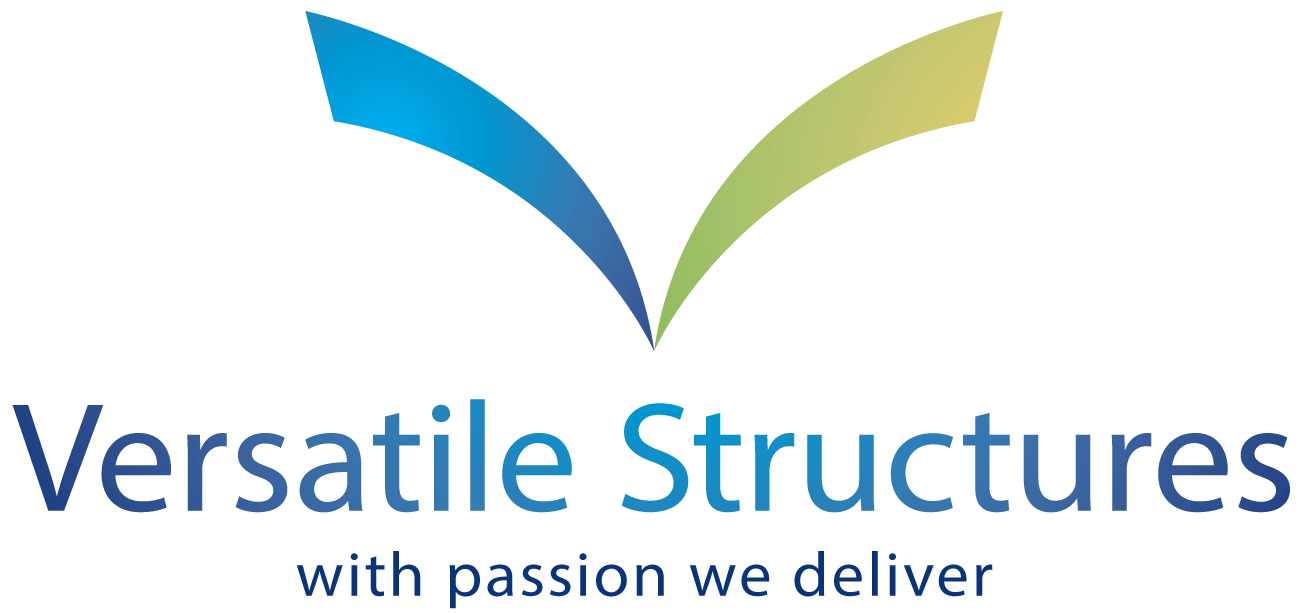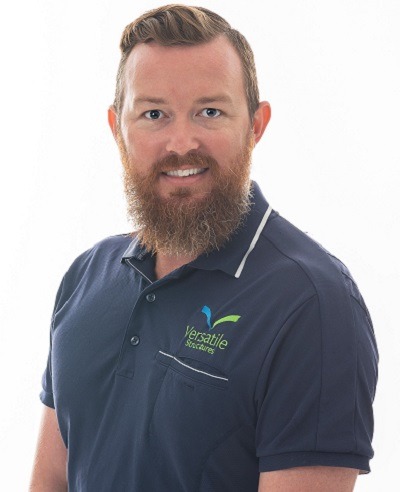YOU ARE HERE:

Embracing the Light
Jamie Howard In Polycarbonate Roofing
In the world of architecture and design, the quest for an optimal shade solution that seamlessly combines durability, aesthetics, and functionality is an ongoing endeavour. Among the myriad options available, polycarbonate roof panels have emerged as a compelling choice for those seeking a versatile and effective shading solution.
These transparent or translucent panels not only offer protection from the elements but also allow the beautiful dance of natural light to permeate indoor spaces. Let’s explore the advantages offered by polycarbonate roof panels, their insulation properties, if there are any possible drawbacks and all there is to know about polycarbonate roof panels.
What are the advantages of Polycarbonate Roof Panels?
Whether used in residential or commercial settings, the versatility of polycarbonate roof panels continues to make them a compelling choice for those seeking a harmonious blend of form and function. Here’s why.
- Transparency and Natural Light: One of the most appealing features of polycarbonate roof panels is their ability to transmit natural light. By allowing sunlight to filter through, these panels create well-lit and inviting spaces, reducing the need for artificial lighting during the day. This feature not only enhances the aesthetic appeal of a structure but also contributes to energy efficiency.
- Durability: One of the key advantages of polycarbonate roof panels is their remarkable durability. These panels are engineered to withstand harsh weather conditions, including extreme temperatures, hail, and UV radiation. Unlike traditional roofing materials, polycarbonate panels are virtually unbreakable, making them a reliable long-term investment.
- Lightweight and Easy Installation: Polycarbonate panels are significantly lighter than glass or other traditional roofing materials, making them easier to handle and install. This characteristic not only reduces construction costs but also enables more design flexibility. The lightweight nature of these panels makes them an ideal choice for a variety of structures, from residential patios to large commercial spaces.
Are Polycarbonate Panels Insulated?
While polycarbonate panels themselves are not typically considered highly insulated, they do provide some level of thermal insulation. The inherent properties of polycarbonate help to regulate temperatures to a certain extent, preventing rapid heat transfer. However, for applications where insulation is a critical factor, additional insulation materials may be incorporated into the roofing system.
What is the disadvantage of polycarbonate roofing?
- Scratching and Wear: One notable disadvantage of polycarbonate roofing is its susceptibility to scratching. Over time, exposure to external elements and cleaning processes can result in visible scratches on the surface of the panels. While some manufacturers offer coatings to mitigate this issue, it remains a consideration for those seeking pristine and unblemished surfaces.
- Yellowing Over Time: Another potential drawback is the tendency of polycarbonate panels to yellow with prolonged exposure to sunlight. This aesthetic change, commonly attributed to the breakdown of the material’s UV protective layer, can impact the appearance of the roof over time. However, selecting panels with enhanced UV protection can help delay this yellowing process.
Is Polycarbonate Good for Thermal Insulation?
While polycarbonate panels do possess some inherent thermal insulation properties, they may not be sufficient for applications where precise temperature control is essential. For spaces requiring advanced thermal performance, additional insulation measures such as double-layer panels with an air gap or the inclusion of insulated roofing materials may be necessary.
How Can I Reduce Heat from My Polycarbonate Roof?
- Shade Structures and Overhangs: Installing shade structures or overhangs can significantly reduce the direct exposure of polycarbonate panels to sunlight. By creating shaded areas, especially during the hottest parts of the day, the overall temperature of the covered space can be effectively moderated.
- Ventilation and Air Circulation: Improving ventilation and air circulation beneath the polycarbonate roof can help dissipate heat. Adequate airflow prevents the buildup of heat within the structure, contributing to a more comfortable environment. This can be achieved through the strategic placement of vents or the inclusion of open-air design elements.
- UV Protective Coatings: Selecting polycarbonate panels with advanced UV protective coatings can mitigate the yellowing effect caused by prolonged sun exposure. These coatings not only enhance the longevity of the panels but also contribute to better heat resistance.
- Insulated Panels: For those prioritizing thermal insulation, opting for polycarbonate panels with integrated insulation layers or adding an extra layer of insulation beneath the roofing system can provide a more effective solution. This approach helps create a barrier against external temperature fluctuations, maintaining a comfortable indoor climate.
In the quest for an ideal shade solution, polycarbonate roof panels stand out for their durability, lightweight design, and ability to transmit natural light. While not inherently highly insulated, these panels offer a level of thermal regulation that can be enhanced through additional measures.
Understanding the advantages and potential drawbacks of polycarbonate roofing empowers architects, builders, and homeowners to make informed decisions, ensuring that the chosen solution aligns with both aesthetic preferences and functional requirements.
Share:
Jamie Howard - Director
Co-founder and Director Jamie has been hands-on in the shade and steel industry since leaving school. With over 15 years’ experience in shade, membrane and steel projects, Jamie is excited about the design opportunities shade structures offer in the commercial and industrial sectors. Jamie’s extensive design skills give him a competitive edge in situations with technical design complexity. He has won two personal industry awards for his designs, alongside many company-won awards.

